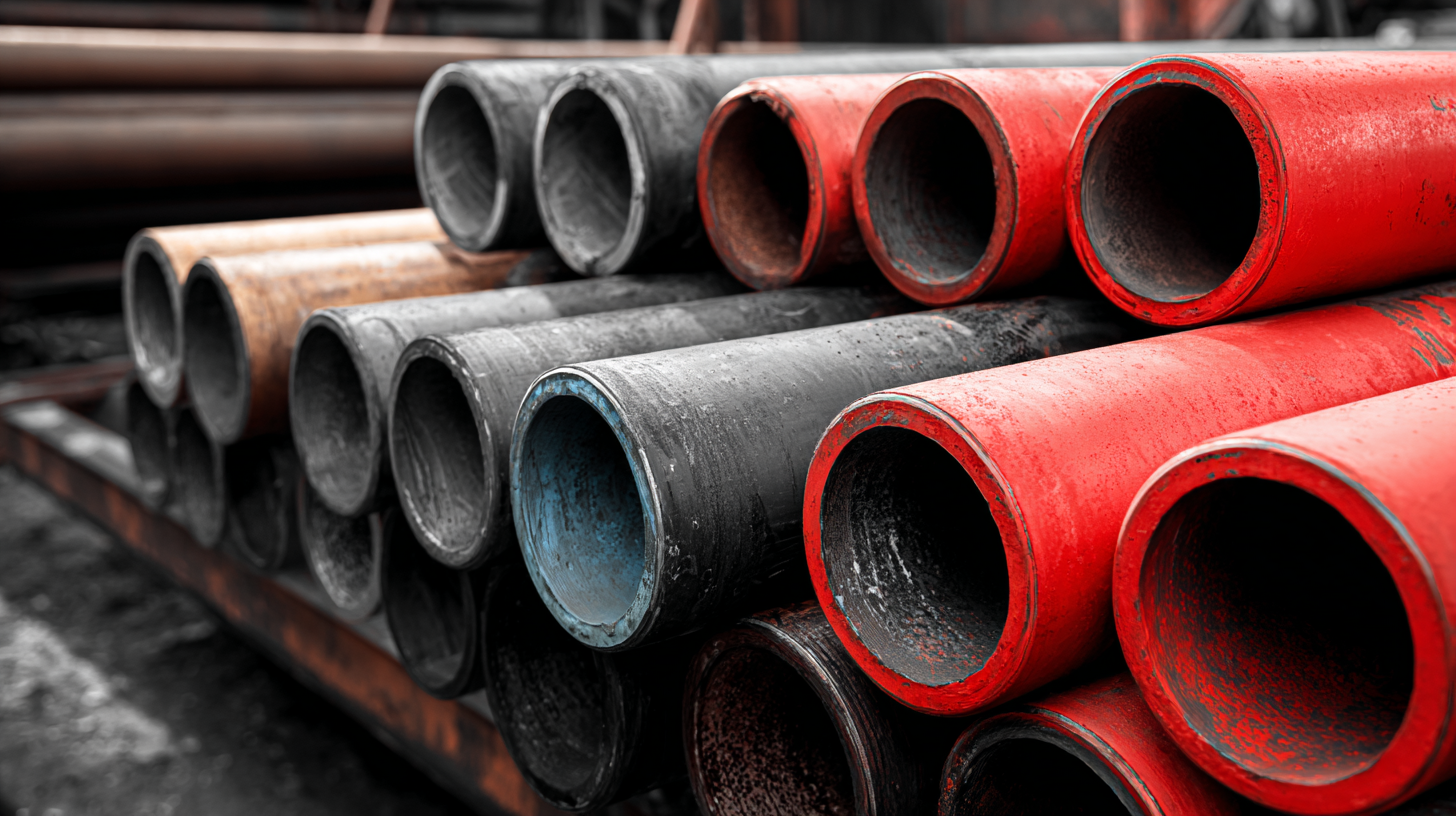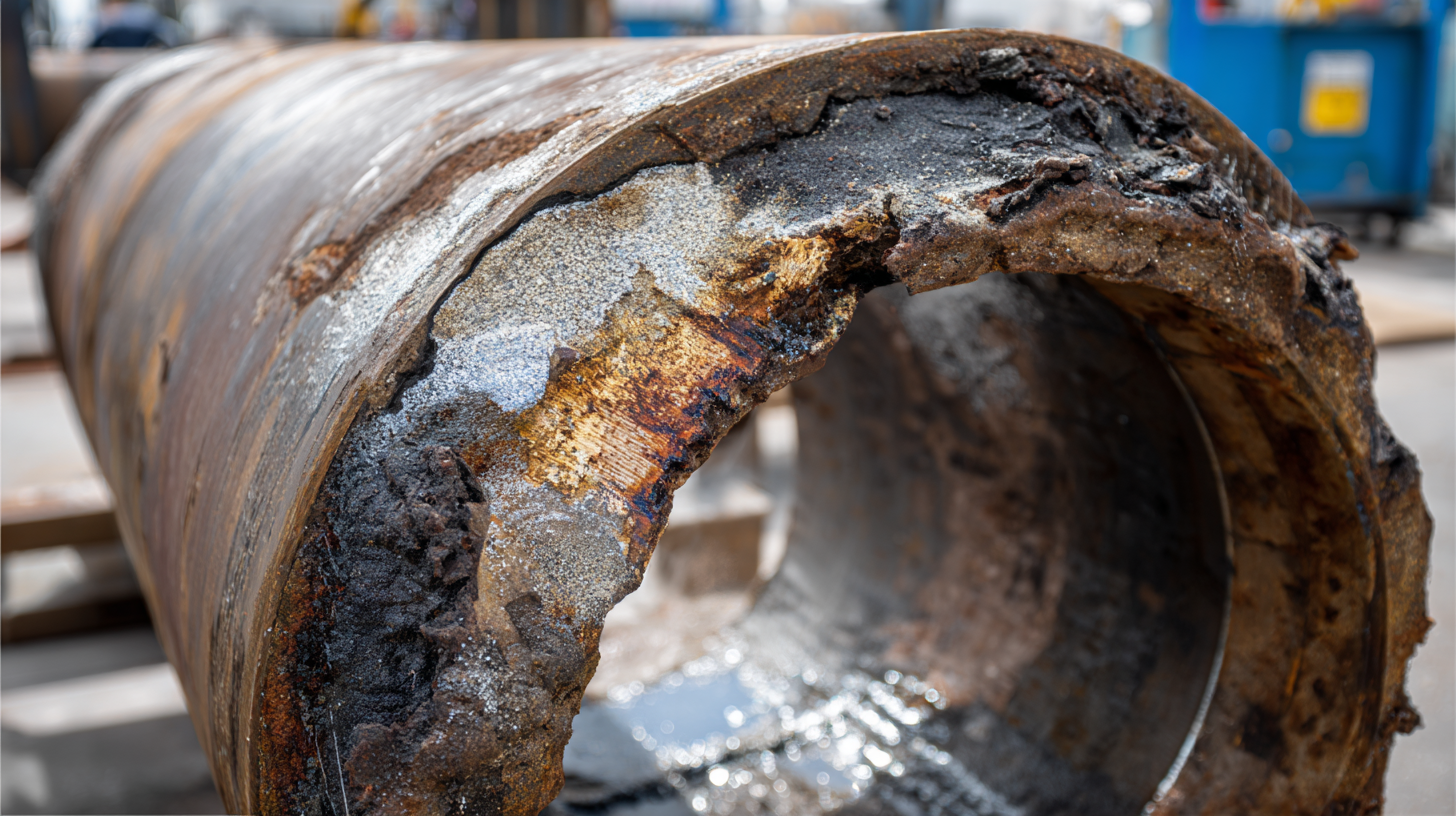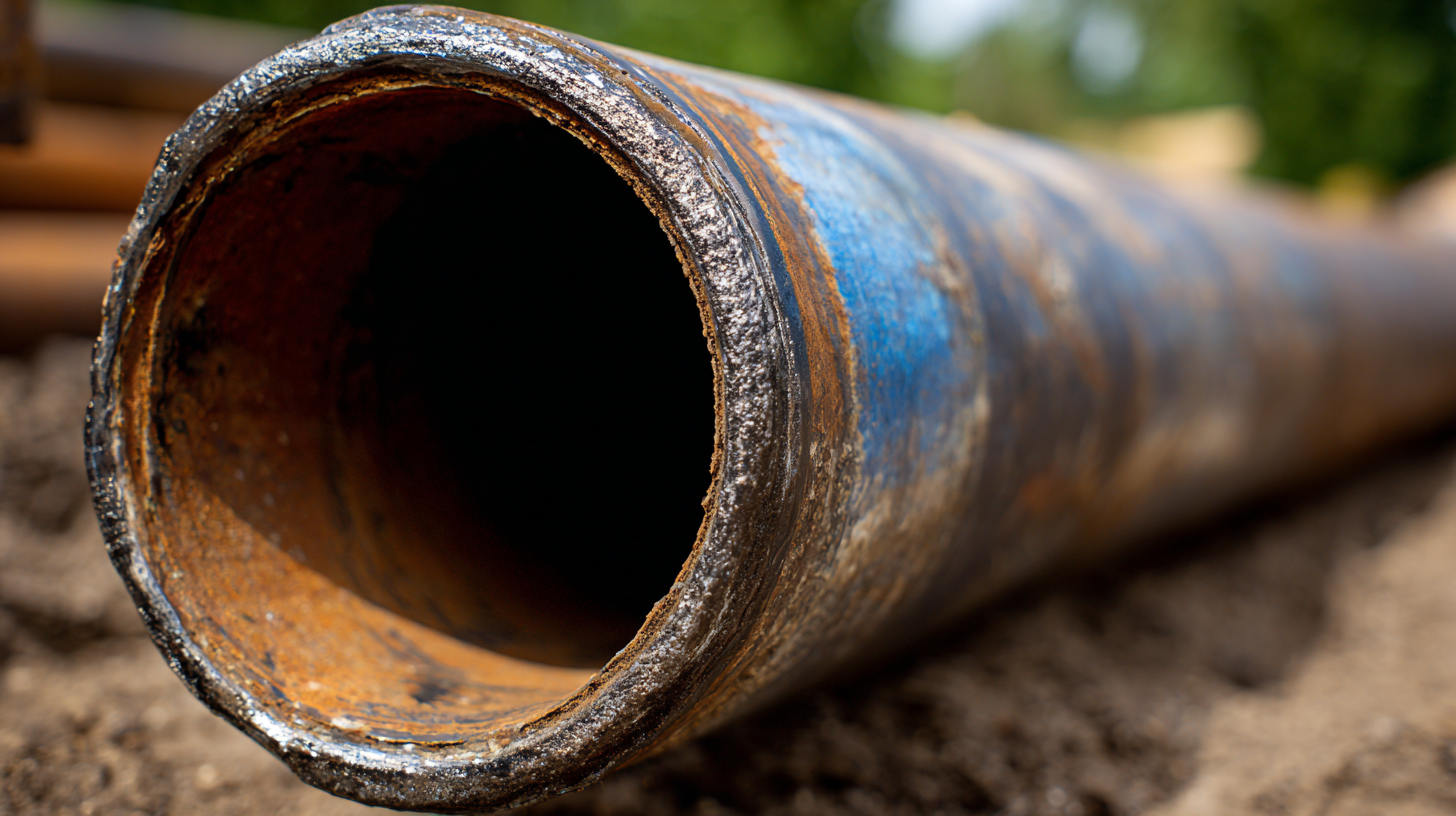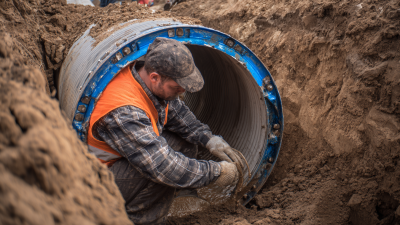Ultimate Guide to Effective Pipe Sleeve Repair Solutions for Global Procurement
In the intricate world of global procurement, effective solutions for pipe sleeve repair have become paramount for businesses aiming to maintain efficient operations and minimize downtime. The growing complexity of industrial systems necessitates an understanding of various repair methodologies, particularly as companies seek innovative approaches to manage their infrastructure. This ultimate guide dives deep into the best practices and technologies available for pipe sleeve repair, highlighting industry standards, material selections, and cost-effective strategies. By embracing these cutting-edge repair solutions, organizations can not only enhance the longevity of their piping systems but also optimize their procurement processes for sustainability and resilience in an ever-evolving market. Whether you're a seasoned professional or new to the field, this comprehensive overview will equip you with the knowledge needed to make informed decisions in your procurement endeavors.

Types of Pipe Sleeves: Understanding the Different Materials and Designs
When it comes to pipe sleeve repairs, understanding the various types of materials and designs is crucial for effective global procurement. Common materials used for pipe sleeves include stainless steel, PVC, and composite options, each offering distinct advantages. For instance, stainless steel sleeves are known for their strength and corrosion resistance, making them ideal for high-pressure applications. According to a recent industry report by MarketsandMarkets, the global demand for pipe repair sleeves is projected to reach $2.5 billion by 2025, signifying a growing recognition of the importance of reliable repair solutions.
When selecting a pipe sleeve, consider the working environment and the specific requirements of your project. Heat-resistant sleeves are essential for high-temperature applications, while flexible designs can accommodate shifting or settling pipes. Additionally, choosing sleeves with a robust sealing mechanism can help prevent leaks and ensure longevity.
Tips for optimal selection: Always assess the compatibility of the sleeve material with the existing piping and the environmental conditions where they will be installed. Consulting manufacturer guidelines and industry standards can aid in making informed decisions. Additionally, assessing the ease of installation can save time and costs in the long run, ultimately enhancing the performance of your pipe repair solutions.
Evaluating the Effectiveness of Various Pipe Sleeve Repair Solutions
When it comes to evaluating the effectiveness of various pipe sleeve repair solutions, it's crucial to consider several key factors. Different types of sleeves, such as metal and composite options, offer unique benefits and are suitable for specific applications. Metal sleeves are known for their durability and strength, making them a preferred choice for high-pressure environments. On the other hand, composite sleeves are lightweight and provide excellent corrosion resistance, which can be advantageous in sectors like oil and gas.
**Tips:** Always assess the specific needs of your project before selecting a pipe sleeve. Consider the operating conditions, including pressure, temperature, and the nature of the fluid being carried. A thorough analysis will help ensure you choose a sleeve that offers the best performance and longevity.
Additionally, it's essential to evaluate the repair solution's installation process. Some sleeves require specialized tools and skills, while others can be applied easily by a maintenance team. Choosing a solution that aligns with your team's expertise can significantly affect the repair's overall effectiveness and reduce downtime.
**Tips:** Conduct a pilot test with your selected sleeve repair solution if possible. This test can help identify potential challenges and ensure that the manufacturing and installation processes meet your operational standards before a full-scale application.

Key Considerations for Selecting Pipe Sleeve Types in Global Procurement
When selecting pipe sleeve types for global procurement, it's crucial to consider the material type and its applications. The pipe insulation market has been experiencing significant growth, driven by increasing energy efficiency regulations and the need for thermal management. According to industry reports, materials like rock wool and glass wool are favored for their excellent thermal insulation properties, making them ideal for industrial applications. Meanwhile, elastomeric foam proves indispensable for oil and gas sectors due to its flexibility and moisture resistance.
Another essential factor is the environmental conditions in which the pipe sleeves will be deployed. For instance, phenolic foam is renowned for its fire resistance and low smoke emissions, essential for settings where safety is paramount. On the other hand, PU R/PIR foam provides superior insulation performance in extreme temperatures, making it a preferred choice in industrial environments. By evaluating these key considerations—material properties, application suitability, and environmental adaptability—organizations can make informed decisions that optimize performance and compliance in their procurement strategies.
Comparative Analysis of Pipe Sleeve Installation Techniques and Outcomes
When evaluating effective pipe sleeve installation techniques, it's essential to consider how various approaches impact outcomes. Recent advancements in machine learning have transformed the way we predict the residual strength of corroded steel pipes used in oil and gas sectors. These methods not only enhance our understanding of the operational lifespan of pipes but also improve safety assessments, enabling procurement teams to make informed decisions on materials and installation strategies.
Additionally, the comparison of dynamic flow interaction methods highlights another crucial factor in pipe system performance. Understanding how these systems interact with surrounding environments during urban flooding scenarios can drastically influence sleeve design and installation practices. By analyzing techniques that model these interactions, engineers can tailor their approaches for improved resilience. This comparative analysis serves as a foundation for optimizing pipe sleeve solutions, ensuring they meet both operational demands and safety standards in diverse settings.
Ultimate Guide to Effective Pipe Sleeve Repair Solutions for Global Procurement
| Installation Technique | Material Used | Success Rate (%) | Durability (Years) | Cost per Unit ($) |
|---|---|---|---|---|
| Cold Shrink Sleeve | EPDM Rubber | 95 | 10 | 150 |
| Heat Shrink Sleeve | Polyolefin | 92 | 15 | 200 |
| Epoxy Coating | Epoxy Resin | 90 | 7 | 120 |
| Metal Sleeve | Stainless Steel | 85 | 20 | 250 |
| Composite Sleeve | Carbon Fiber | 88 | 12 | 300 |
Future Trends in Pipe Sleeve Technology and Global Procurement Strategies
 In the rapidly evolving landscape of industrial maintenance, the future of pipe sleeve technology is being shaped by innovative materials and advancements in manufacturing processes. Modern pipe sleeves are increasingly designed with enhanced durability and resistance to extreme temperatures and corrosive environments. These developments not only prolong the lifespan of pipelines but also significantly reduce maintenance costs, making them an essential component in global procurement strategies. As companies prioritize sustainability, the shift towards eco-friendly materials and smart monitoring systems will become more pronounced, ensuring that repairs are both efficient and less harmful to the environment.
In the rapidly evolving landscape of industrial maintenance, the future of pipe sleeve technology is being shaped by innovative materials and advancements in manufacturing processes. Modern pipe sleeves are increasingly designed with enhanced durability and resistance to extreme temperatures and corrosive environments. These developments not only prolong the lifespan of pipelines but also significantly reduce maintenance costs, making them an essential component in global procurement strategies. As companies prioritize sustainability, the shift towards eco-friendly materials and smart monitoring systems will become more pronounced, ensuring that repairs are both efficient and less harmful to the environment.
Furthermore, global procurement strategies are adapting to these technological advancements by prioritizing suppliers who can demonstrate both quality and sustainability. The integration of digital solutions in the procurement process, such as real-time tracking and automated inventory management, is transforming the way organizations source their pipe sleeve solutions. Companies that embrace these emerging technologies will not only streamline their operations but also enhance their decision-making capabilities, leading to more strategic investments in pipeline infrastructure. As the industry moves forward, collaboration between manufacturers and procurement professionals will play a critical role in shaping a resilient and adaptive supply chain.
Related Posts
-

7 Essential Tips for Effective Sewer Pipe Sleeve Repair Techniques
-

7 Best Reasons to Choose CIPP Sewer Repair for Your Next Infrastructure Project
-

Unlocking the Advantages of Pipe Sleeve Solutions for Global Procurement
-

Ultimate Guide to Well Casing: Key Specifications and Industry Insights for Optimal Performance
-

5 Best Internal Pipe Repair Sleeves for Reliable Water Line Solutions
-

Comprehensive Pump Repair Checklist for Efficient Plant Operations and Reduced Downtime

